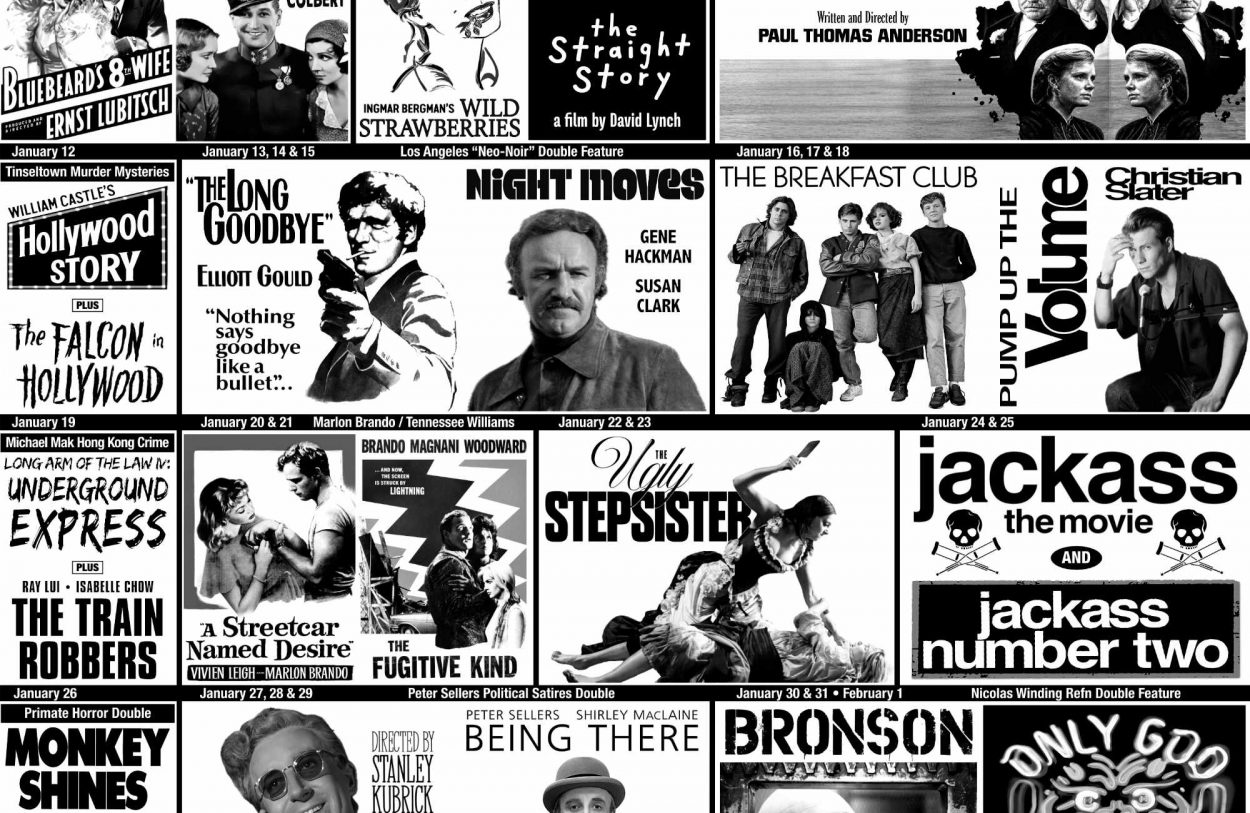Rouben Mamoulian’s masterpiece of pre-code horror Dr. Jekyll and Mr. Hyde screens at the New Beverly!
Rouben Mamoulian’s Dr. Jekyll and Mr. Hyde opens with such a passionate proclamation of, at first, sound, that the very theme of the picture is addressed immediately – Bach’s “Toccata and Fugue in D minor,” banged away by a jocund Dr. Jekyll. This was the first use of that piece in a sound picture and later became an oft-employed sonic invocation of villainy, but, here, it registers just as Fredric March’s Jekyll plays it – a cry of the splintered psyche: startling, yet romantic, beautiful even sensual — the id we wish to release from the shackles of our repression. One we can both unleash and control by pounding that organ.
Be careful what you wish for. Or wish to control. Or pound.
The sound moves to image, revealing Jekyll’s elegant hands at the organ as he casually addresses his butler who reminds the doctor of his lecture. Immediately, Mamoulian (via cinematographer Karl Struss) has placed us, the viewer, in the eyes of Jekyll (we are Jekyll, according to Mamoulian, “the audience does not see him, they are him,” and, in turn, we will be Hyde), we don’t see his face, we see what he sees — the innovative POV and moving camera fluidly walking us along with Jekyll, chatting with our butler, entering the foyer wherein the butler asks the first doubled question: overcoat or cape, sir? Cape and top hat, of course, and we finally see Jekyll (ourself) in the mirror. There’s that handsome Fredric March, there you are, in what will be many uses of doubling, splintering and in many ways, soul searching and, of course, sexual frustration and release. It’s much like Robert Montgomery’s later POV usage in the impressive Lady in the Lake (which was used entirely throughout) but Mamoulian’s technique is much more seamless – a purer integration of camerawork and special effects with story and theme, and one of the greatest synthesis of style and substance in all of cinema. (Something Mamoulian was absurdly, unfairly dismissed for later, chiefly by Andrew Sarris who found him all show and acrobatics: “Less than meets the eye… an innovator who ran out of innovations.”)
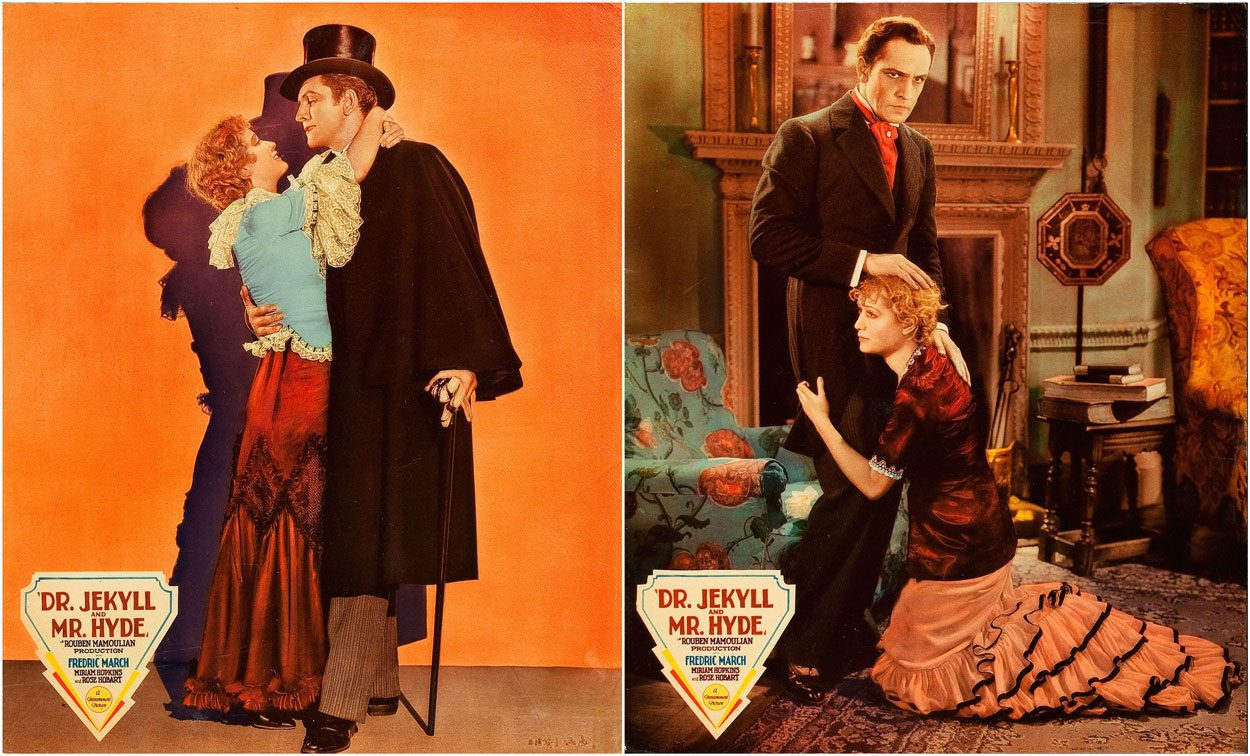
The sequence continues, and we follow Jekyll, still from his POV, out to his coachman and on his way to his lecture hall, everyone addresses him with respect, and then, after his lecture, which we finally watch outside of Jekyll’s eyes (about the potential to split the soul of man), a student jokes to another: “Why don’t you stay at home and send your other self to the lecture?”
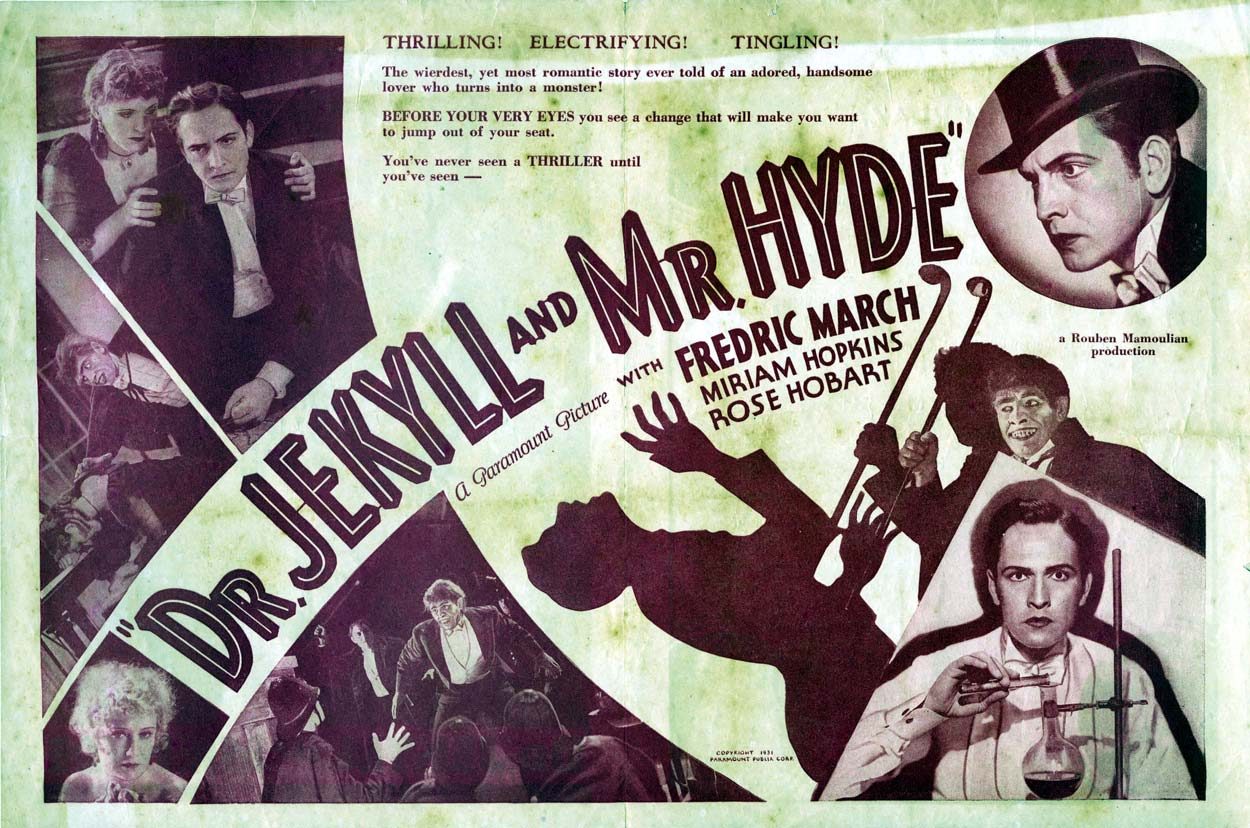
What we then learn about Dr. Jekyll is that he is in a crisis, not professionally, but romantically, sexually. He yearns to marry his beloved, Muriel (Rose Hobart), but her father (Halliwell Hobbes) is maddeningly making him wait. Jekyll is going crazy over this: “You’ve opened a gate for me into another world… But now the unknown wears your face, looks back at me with your eyes.” His desire intensifies while, on a walk with another doctor, he helps a woman of ill repute smacked down in the street. That’s Ivy (a ravishing, touching Miriam Hopkins), whom he’s immediately attracted to and flirts with, making much about her garter when really admiring her lovely leg. In a scene that’s one of the pre-code-iest of them all, Ivy sexily strips down to nothing and pulls the sheets over her, beckoning him to return. He wants to. We want to. He and we will.
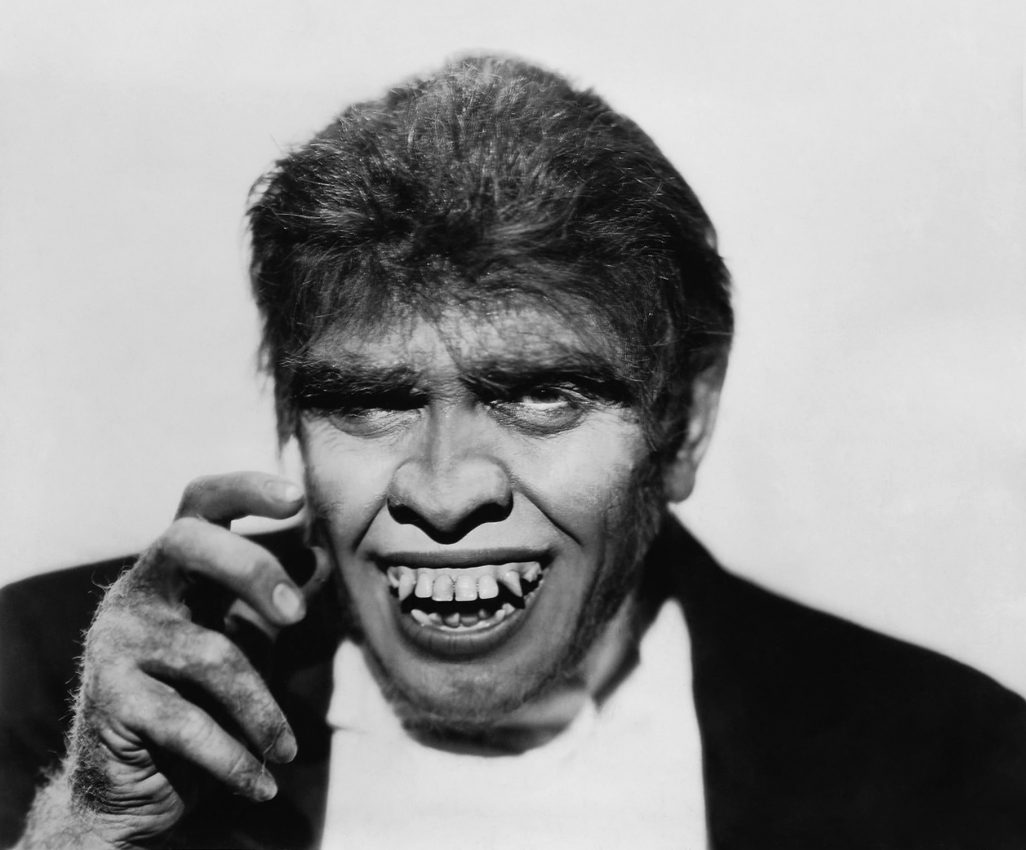
And so begins Jekyll’s test on himself – the potion that will transform him into Mr. Hyde. The potion, a sort of demented Viagra is curious, since Robert Louis Stevenson, who wrote the famous novella in 1866, was rumored to be on cocaine while writing the iconic strange case – he was bedridden with TB and his story came to him in a dream… and he wrote it fast. How ahead of his time he likely did not know. But the potion, or drug, morphs Jekyll into that creature, a depraved, simian, man-beast, overly virile, overly agile, lacking a conscience, a delighted, giggling sadist so pleased with himself that the picture turns the viewer on ourselves. Do we want a shot of that stuff? Are we pleased now?
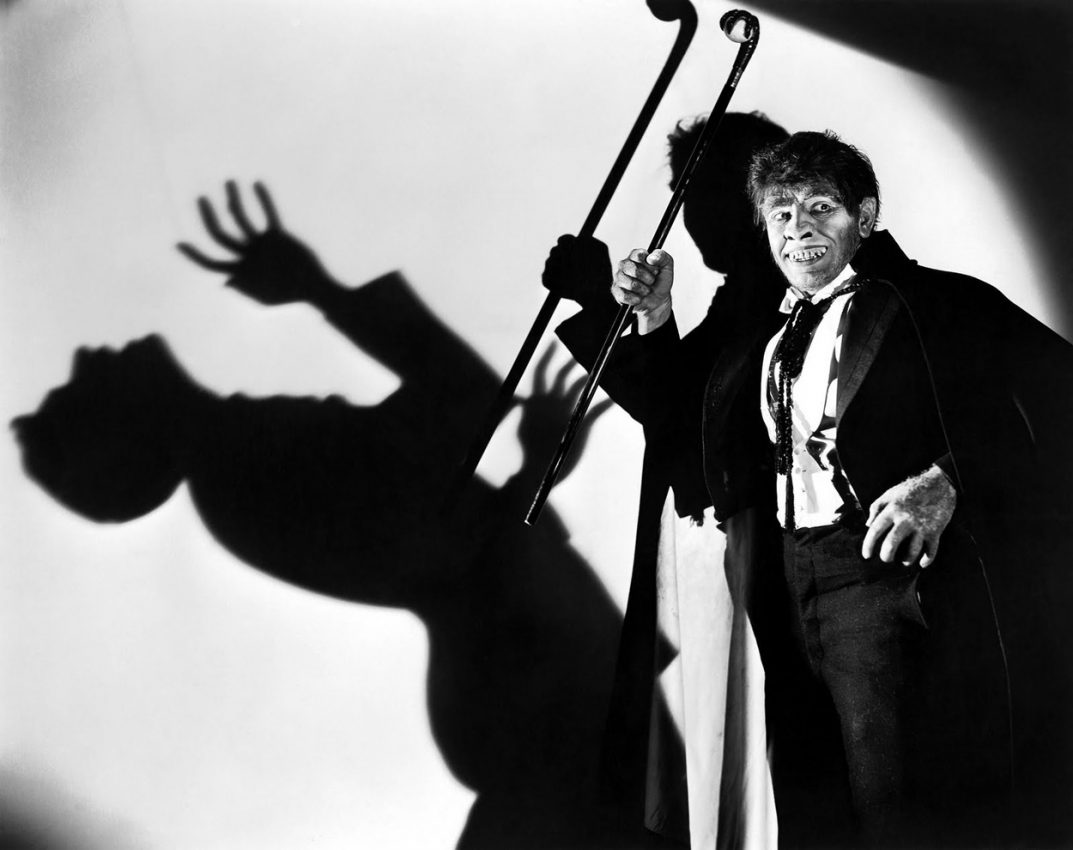
Well, in a perverse way, perhaps we are, at first. Look how grossly fun it is to watch Hyde in that instance (and March’s marvelous transformation). After Mamoulian’s brilliant, still unmatched artistry of Jekyll’s sick switch (the director was mum about how he achieved this feat, later it was revealed to be make-up and colored filters… and of course March’s deservedly Oscar-winning acting), Hyde beholds himself in the mirror and proclaims: “Free at last! Mad, Lanyon? Carew? You hypocrites, deniers of life. If you could see me now… what would you think?” We see him. The camera has fixed us outside of Jekyll’s POV in order for us to behold – but there’s some interesting that switches in how we look at him. As we are Jekyll, then we are watching Hyde almost in our own dream state – the way we lie awake, overly worried, watching the terrible things we did or could have imagined have done. And we’re almost with him. Until he’s just too grotesque – which is quite soon. And, later on, we’ve lost control as Jekyll doesn’t even need the potion – he becomes Hyde against his will, almost as a need or response to stress or guilt or fear (an allegory for drug addiction? Guilt? The lure of evil? There’s much to unpack here.)
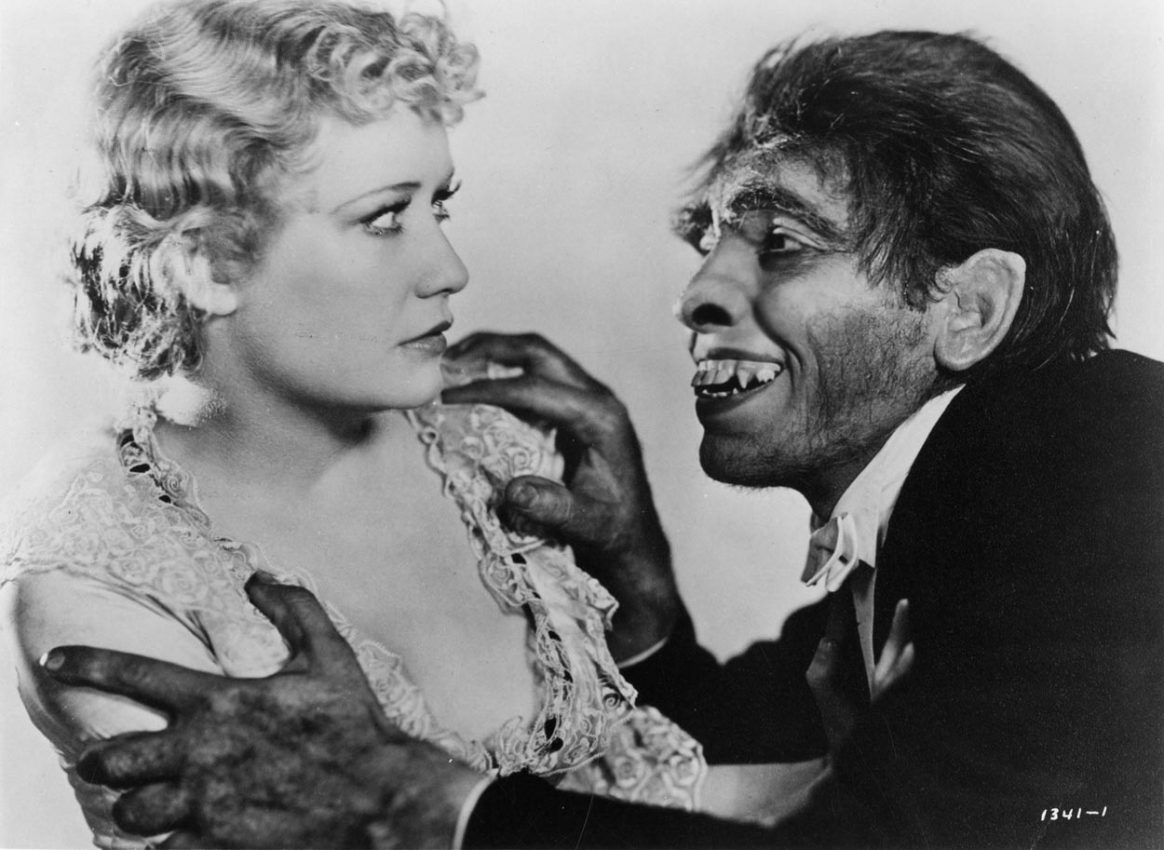
His “freedom” results in a hostage scenario involving poor Ivy – whom he pays for board in exchange for sexual favors that one can only imagine how far in perversion they go. She is beaten, whip marks on her back, and terrified – too terrified to leave as she believes (rightly so, she’s a kept woman), that the police won’t care and that Hyde will kill her. Her desperation and horror, Hyde chiding sexy Ivy with romantic mocking, also doubled in meaning (“Well if you don’t hate me, you must love me. Isn’t that so little one? Isn’t it?”) Juxtaposed with Jekyll’s yearning for nice Miriam is more interesting than a Madonna/Whore dichotomy as both women should not be on either end of this madness – extreme blue balls and extreme brutality. The movie does not judge Ivy, and we can only see a concentrated metaphor for women stuck in horrifying abusive situations.

Though eight silent adaptations came before this (most famously, John Barrymore’s, directed by John S. Robertson) and over 120 subsequent film versions (including the less interesting 1941 Spencer Tracy version directed by Victor Fleming), Mamoulian’s 1931 pre-code is, as far as I’ve seen, most superior. Mamoulian’s visual lyricism, experimental camerawork, sound advancements and creativity ushered audiences into fluid talking pictures (after many directors offered clunky and less assured films), sight and sound brilliantly united (starting with his wonderful “Applause”). His poetic and technical mastery is so adept, it seems undervalued today. Here’s a fascinating bit of information as quoted in Tom Milne’s book on Mamoulian, showing how the director even merged himself into the soundscape: ”To accompany the transformation I wanted a completely unrealistic sound. First I tried rhythmic beats, like a heartbeat. We tried every sort of drum, but they all sounded like drums. then I recorded my own heart beating, and it was perfect, marvelous. Then we recorded a gong, took off the actual impact noise, and reversed the reverberations. Finally we painted on the soundtrack; and I think that was the first time anyone had used synthetic sound like that, working from light to sound.”
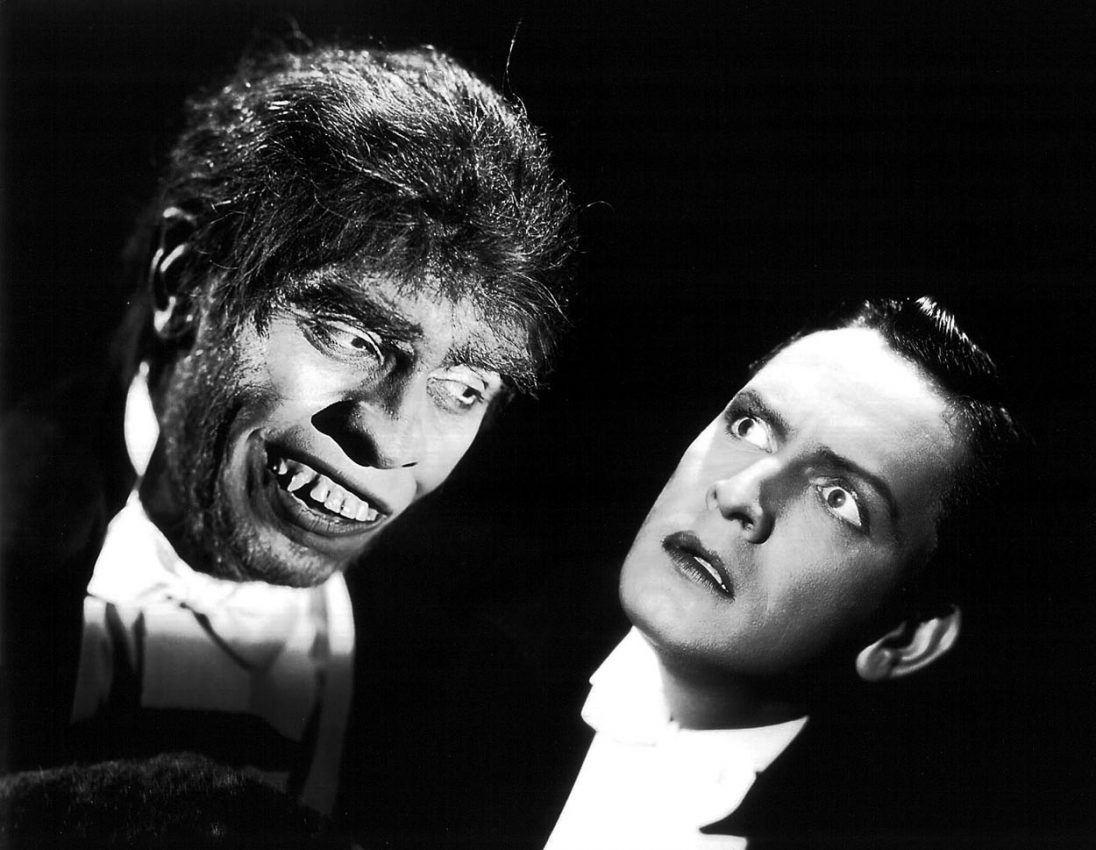
And he used Stevenson’s novella, already so innovative and influential, from the horror to noir to comics to the serial killer tale (not surprisingly, one of the actors who starred in an early stage production was suspected to be Jack the Ripper) to transcend genre trappings (while inventing a genre at the moment). This was about the duality of man, nature, Freudian psychology, Victorian repression, sex… so many things. And, as Stevenson extended the idea of the double from Poe to Dostoevsky by merging that double with ourselves as a devil unbridled, and, further, into a deranged predator, a murderer, something to fear that lies within us all (“The Killer Inside Me”) so too did Mamoulian. They had slightly different aims, and Mamoulian added the love interest, amping up the sexual aspect, but the novella and film are sublime compliments to one another.
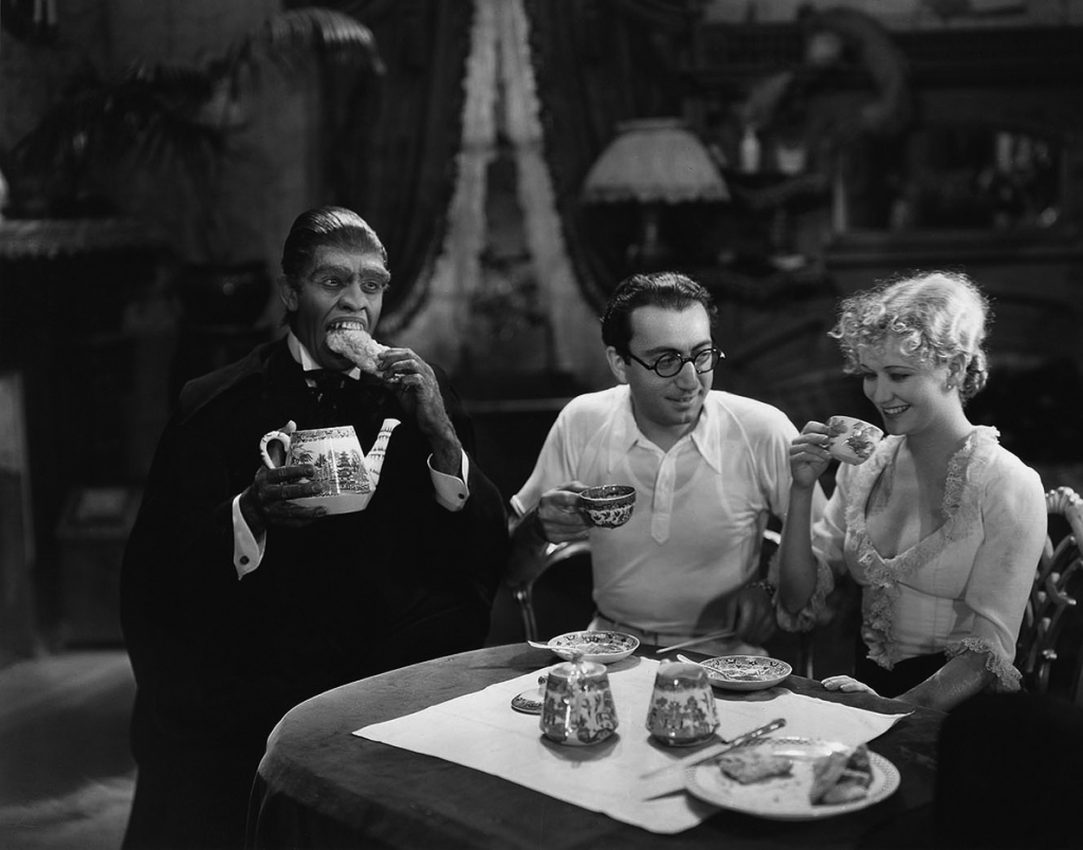 Fredric March, director Rouben Mamoulian and Miriam Hopkins enjoying tea on set
Fredric March, director Rouben Mamoulian and Miriam Hopkins enjoying tea on setAnd, there’s also this: the picture is darkly, disturbingly humorous while intelligently pointed in terms of repression and hypocrisy. As deviant as Hyde is, he knows what we’re all thinking, and he’s right. He says it best to Ivy, spitefully commenting on “nice guy” Dr. Jekyll (who is buried in himself): “Perhaps you prefer a gentleman. One of those fine-mannered and honorable gentlemen. Those panting hypocrites who like your legs but talk about your garters.”
Perhaps. Perhaps not. Perhaps no one knows what they really want. Jekyll thought he could be “clean” by separating the nature within himself. But nature isn’t ever clean. Not even the clean is clean.


